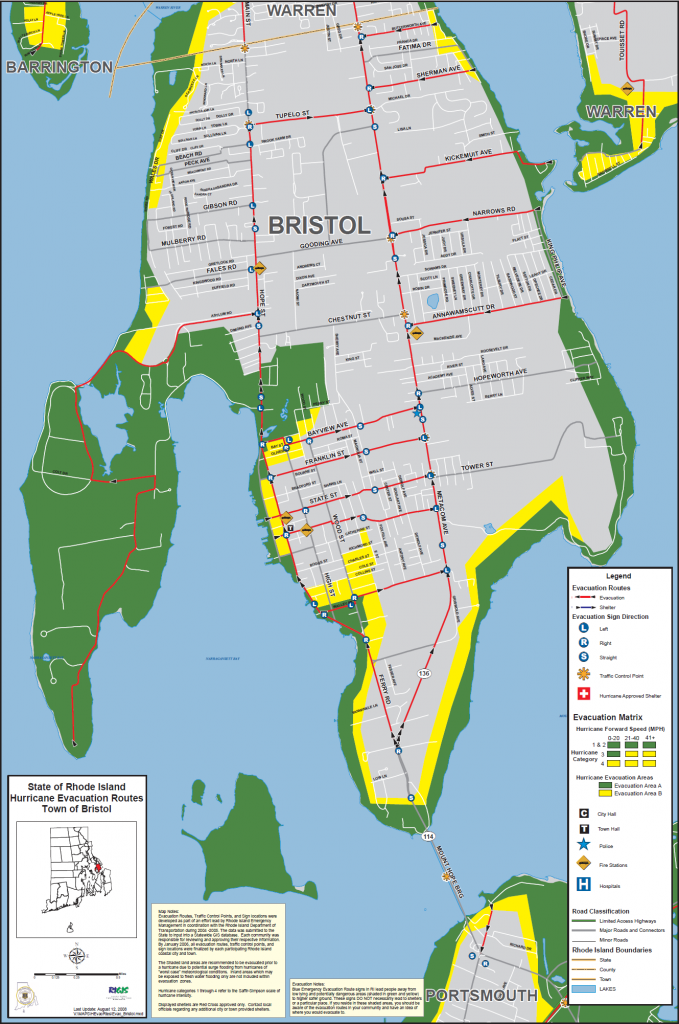Challenges in Developing Standards
The U.S. health care industry is contemplating the implementation of pay-for-performance reimbursement schemes in order to increase quality and safety in the delivery of health care. Pay-for-performance is a business model that combines reduced compensation for those who fail to meet standards and bonus payments for those that meet or exceed the stated expectations, but the results of such programs, thus far, is mixed (Baker, 2003; Campbell, Reeves, Kontopantelis, Sibbald, & Roland, 2009; Lee & Ferris, 2009; Young et al., 2005). The introduction of pay-for-performance models is primarily to provide relief from other, more extreme, reimbursement models, such as fee-for-service (which rewards overuse) and capitation (which rewards underuse), and with rising health care costs, a diminishing economy, and the increasing number of Americans lacking adequate health insurance, its introduction to the U.S. health care system could not be more timelier (Lee & Ferris, 2009).
The impetus of contemporary pay-for-performance schemes is derived from a report from the Institute of Medicine (2001). This report argued that current reimbursement schemes fail to reward quality in health care and may possibly create a barrier to innovation (Baker, 2003; Young et al., 2005). There are many international supporters of health care pay-for-performance, especially in England where the National Health Service employs pay-for-performance to keep costs under control while attempting to provide for quality and safety in the delivery of primary health care (Baker, 2003; Campbell et al., 2009; Young et al., 2005). However, the adoption of pay-for-performance seems to face many challenges.
One challenge to pay-for-performance implementation concerns the effectiveness in the overall continuity of care. Campbell et al. (2009) conducted an analysis of the effect of pay-for-performance in England and found that, although implementation of pay-for-performance in 2004 resulted in short-term gains in the quality of care, the improvements receded to pre-2004 levels. Beyond the pay-for-performance standards, though, the quality of care in areas not associated with incentives declined. Cameron (2011) reports on a recent study of the effectiveness of pay-for-performance on hypertension – the study shows no improvement in any measure including the incidence of stroke, heart attack, renal failure, heart failure, or combined mortality among the group (Lee & Ferris, 2009). McDonald and Roland (2009) describe these effects on other aspects of care as unintended consequences detrimental to health care quality and safety as a whole.
Another significant challenge to pay-for-performance implementation is ensuring that certain patient populations continue to be able to access appropriate care (McDonald & Roland, 2009). Under some pay-for-performance schemes, practices with a sicker patient demographic (i.e. geriatrics, oncology, neonatology, etc.) will suffer economically despite providing a higher level of care than their counterparts in family medicine or other more generalized practices. Specific concerns address a physicians ability to choose not to treat patients due to their non-compliance with medical orders (McDonald & Roland, 2009). Equity and access cannot suffer under a just reimbursement model, just as physicians with a sicker demographic should not suffer.
Identifying a reliable standard of measure in health care quality proves difficult. Earlier methods, such as those developed by Campbell, Braspenning, Hutchinson, and Marshall (2002), initially appeared sound, but ineffective methods and unintended consequences were soon identified (Cameron, 2011; Lee & Ferris, 2009; McDonald & Roland, 2009). More recent work by Steyerberg et al. (2010) shows that new approaches are on the horizon and that pay-for-performance may still remain a viable scheme, providing the measures and standards are, in fact, legitimate and accurately identify improved quality without detracting from other aspects of heath care. Steyerberg et al. identifies novel approaches to prediction models that may help to standardize measures in pay-for-performance schemes to be more realistic and reliable without causing many of the unintended consequences of earlier plans.
As we become more technologically advanced and find ways, albeit expensive, to cure and treat diseases that until now were intractable, we must address the ethics surrounding the provision of this care as a system of management. By combining the whole of health care into the ethics discussion, we opt to leave no one wanting for care, but we now have to address the problem of paying for the expensive care that we have all but demanded. Pay-for-performance, though not perfect, shows much promise in keeping health care costs manageable. However, we must strive to identify those patients and practitioners that lose out under this system of reimbursement and strive to identify just and ethical means of repairing the scheme. Though, we should first answer the question: is health care a right or a privilege?
References
Baker, G. (2003). Pay for performance incentive programs in healthcare: market dynamics and business process. Retrieved from http://www.leapfroggroup.org/media/file/Leapfrog-Pay_for_Performance_Briefing.pdf
Cameron, D. (2011, January 27). Pay-for-Performance does not improve patient health. Harvard Medical School News. Retrieved from http://hms.harvard.edu/public/news/2011/ 012611_serumaga_soumerai/index.html
Campbell, S. M., Braspenning, J., Hutchinson, A., & Marshall, M. (2002). Research methods used in developing and applying quality indicators in primary care. Quality and Safety in Health Care, 11(4), 358–364. doi:10.1136/qhc.11.4.358
Campbell, S. M., Reeves, D., Kontopantelis, E., Sibbald, B., & Roland, M. (2009). Effects of pay for performance on the quality of primary care in England. New England Journal of Medicine, 361(4), 368-378. doi:10.1056/NEJMsa0807651
Institute of Medicine. (2001). Crossing the quality chasm: A new health system for the 21st century. Retrieved from http://www.iom.edu/reports/2001/Crossing-the-Quality-Chasm-A-New-Health-System-for-the-21st-Century.aspx
Lee, T. H. & Ferris, T. G. (2009). Pay for performance: a work in progress. Circulation, 119(23), 2965-2966. doi:10.1161/CIRCULATIONAHA.109.869958
McDonald, R. & Roland, M. (2009). Pay for performance in primary care in England and California: comparison of unintended consequences. Annals of Family Medicine, 7(2), 121–127. doi:10.1370/afm.946
Steyerberg, E. W., Vickers, A. J., Cook, N. R., Gerds, T., Gonen, M., Obuchowski, N., … Kattane, M. W. (2010). Assessing the performance of prediction models: A framework for traditional and novel measures. Epidemiology, 21(1), 128–138. doi:10.1097/EDE.0b013e3181c30fb2
Young, G. J., White, B., Burgess, J. F., Berlowitz, D., Meterko, M., Guldin, M. R., & Bokhour, B. G. (2005). Conceptual issues in the design and implementation of pay-for-quality programs. American Journal of Medical Quality, 20(3), 144-50. doi:10.1177/1062860605275222


